The violet haze that descends upon southern hemisphere cities each spring carries an air of melancholy beneath its breathtaking beauty. Jacaranda season transforms urban landscapes into impressionist paintings, yet this floral spectacle whispers of deeper narratives about displacement, colonial legacy, and climate anxiety.
When the first purple blossoms begin their slow twirl toward the ground, residents of cities like Sydney, Pretoria, and Buenos Aires experience a peculiar duality. The streets become carpeted in fragile violet petals that crunch underfoot like tissue paper, while the trees themselves stand as regal sentinels lining avenues and parks. This temporary transformation lasts just weeks - long enough to imprint on collective memory, brief enough to leave citizens yearning for its return.
The jacaranda's journey from its native South American habitats to ornamental prominence across the southern hemisphere reveals uncomfortable colonial histories. British botanists first transported the species from Brazil to Kew Gardens in the early 19th century, part of a broader imperial project of plant collection and redistribution. What began as scientific curiosity soon became aesthetic imperialism, with the trees planted extensively throughout Britain's southern colonies.
In Australia, the jacaranda took on particular significance at the University of Sydney, where legend holds that a student who fails to begin studying before the first blooms fall will face academic disaster. The so-called "Jacaranda Prophecy" persists generations later, demonstrating how imported flora becomes embedded in local folklore. Similar traditions appear in Pretoria, where the jacaranda's introduction by a nostalgic Scottish immigrant in 1888 has resulted in the city's nickname "Jacaranda City."
Climate change has introduced new tensions to this floral phenomenon. The trees now bloom earlier and for shorter durations, their biological rhythms disrupted by rising temperatures. In some regions, prolonged droughts have stressed the trees, causing sparse flowering or early leaf drop. The very predictability that made jacaranda blooms seasonal markers is unraveling, leaving urban dwellers with another subtle indicator of ecological instability.
The visual impact of jacaranda season belies its complex emotional resonance. Psychologists note increased reports of nostalgic or wistful feelings during peak bloom periods. The flowers' brief but intense display seems to trigger reflections on time's passage - a phenomenon locals call "purple haze melancholy." Cafés and parks beneath the blooms become gathering spots for quiet contemplation as much as floral photography.
Urban planners face growing dilemmas about the trees' future. While jacarandas provide shade and tourist appeal, their invasive roots damage infrastructure, and the slippery fallen blossoms create pedestrian hazards. Some municipalities have begun replacing aging jacarandas with native species, sparking emotional public debates about urban identity and heritage conservation.
The jacaranda's popularity persists despite these challenges, in part because of its unique color palette. The violet-blue flowers appear almost artificial in their vibrancy, creating surreal contrasts against brick buildings and concrete sidewalks. Photographers chase the perfect shot of purple rain, while poets mine the imagery for metaphors of transient beauty. Each year, social media feeds flood with #jacarandaseason posts that rarely acknowledge the ecological and historical complexities beneath the photogenic surface.
As climate patterns continue shifting, the jacaranda may become an unlikely indicator species for urban environmental change. Researchers monitor bloom times and intensities as proxies for temperature variations, while citizen scientists contribute observations through nature apps. The trees that once symbolized imperial botanical conquest now serve as barometers for planetary distress.
The next time you witness that first purple petal drifting earthward, pause to consider the hidden narratives woven through the jacaranda's branches. These elegant immigrants carry stories of human movement, cultural adaptation, and environmental vulnerability - all contained within their brief, breathtaking performance. The true meaning of jacaranda season may lie not in the flowers themselves, but in what their annual spectacle reveals about our changing relationship with nature in urban spaces.
From colonial status symbols to climate change indicators, jacarandas have undergone a remarkable transformation in cultural significance. Their blooms now serve as both aesthetic delight and subtle warning - a natural phenomenon that invites us to reflect on humanity's far-reaching impact on the botanical world. As the purple rain falls each spring, it leaves behind more than just colorful litter; it deposits layers of meaning waiting to be interpreted by thoughtful observers.
The melancholy associated with jacaranda season may stem from this dawning awareness - that we're witnessing not just the cycle of nature, but the visible effects of our disruption to that cycle. The trees continue their ancient rhythms as best they can, while around them, the climate they adapted to over millennia changes at unprecedented speed. Their beauty becomes bittersweet, their vibrant flowers both celebration and elegy.
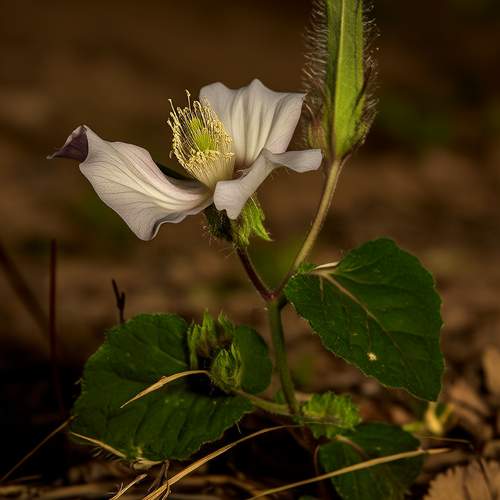
By /May 21, 2025
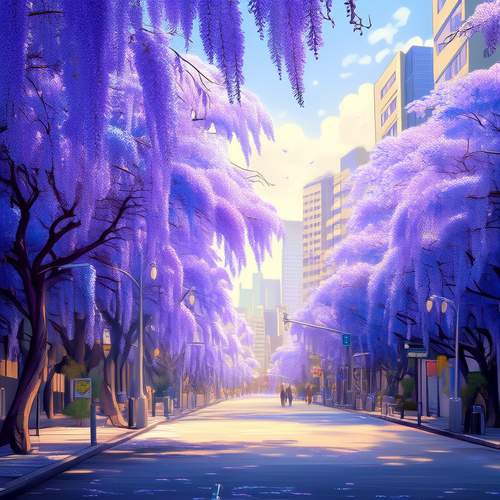
By /May 21, 2025
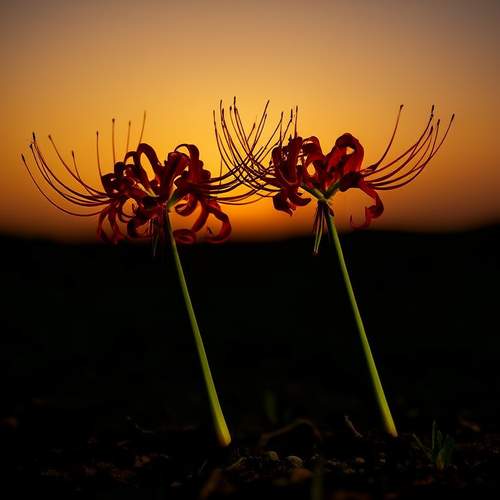
By /May 21, 2025
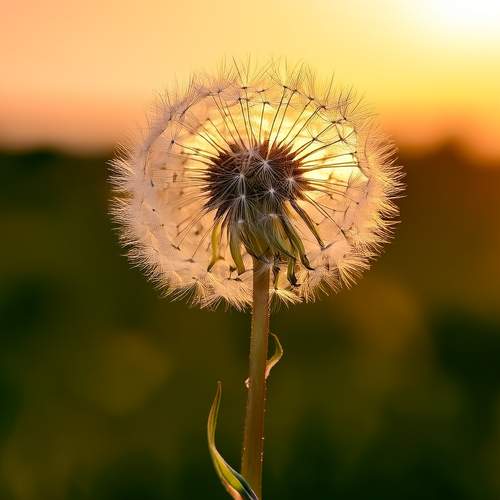
By /May 21, 2025
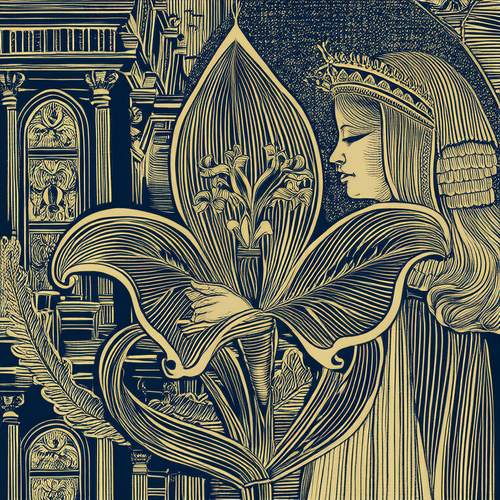
By /May 21, 2025
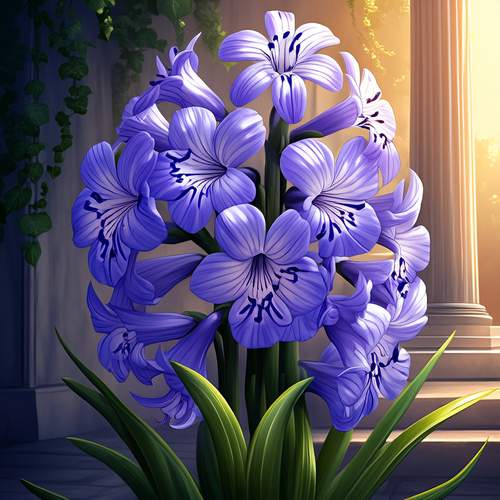
By /May 21, 2025

By /May 21, 2025

By /May 21, 2025
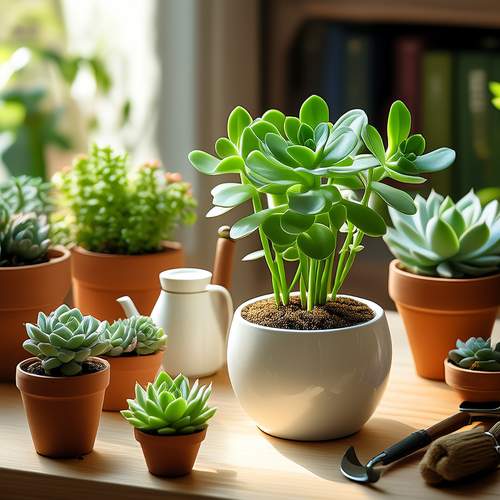
By /May 21, 2025
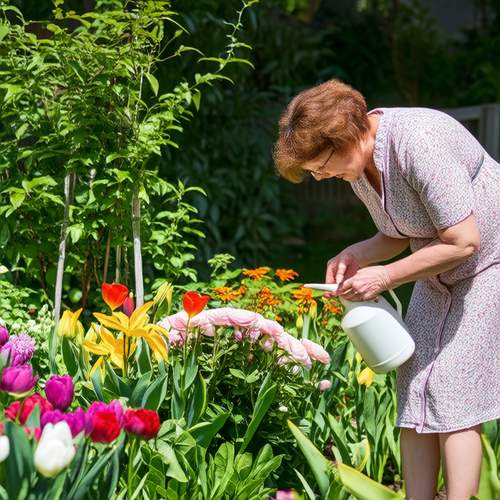
By /May 21, 2025
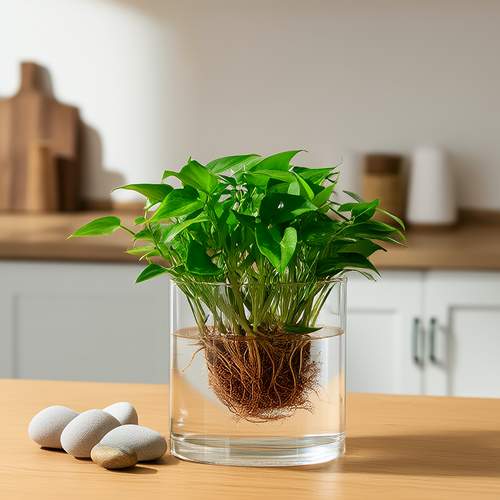
By /May 21, 2025
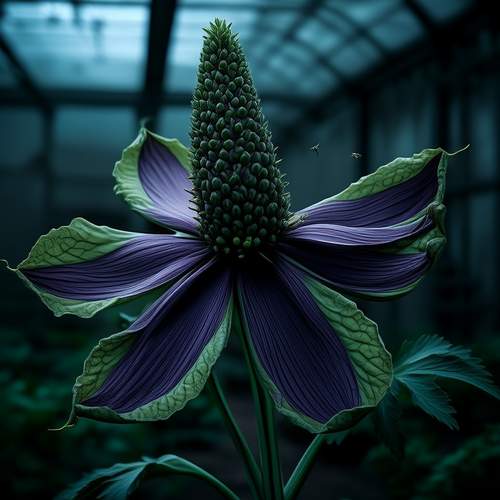
By /May 21, 2025
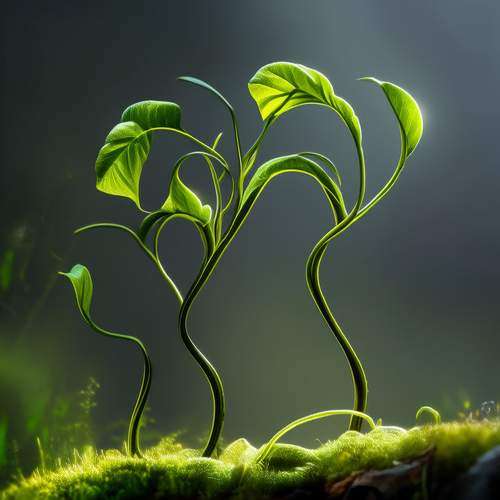
By /May 21, 2025

By /May 21, 2025
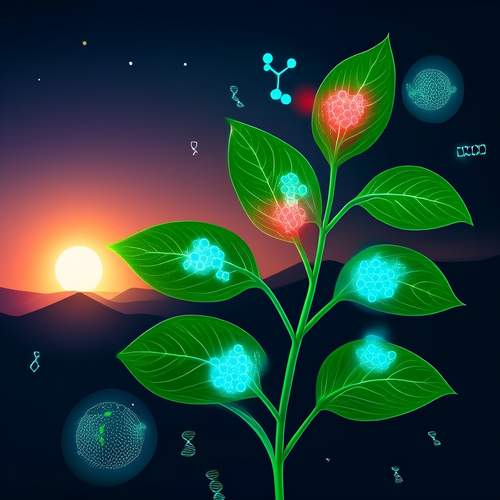
By /May 21, 2025
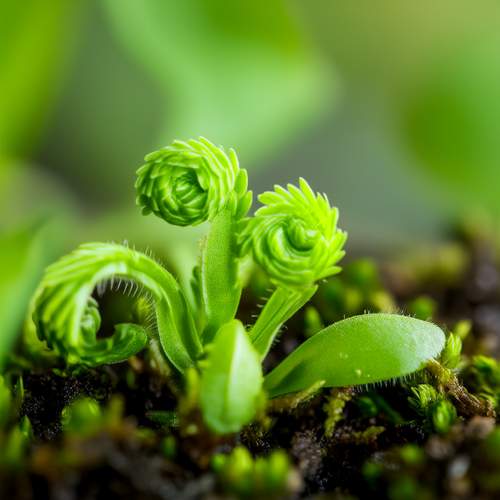
By /May 21, 2025
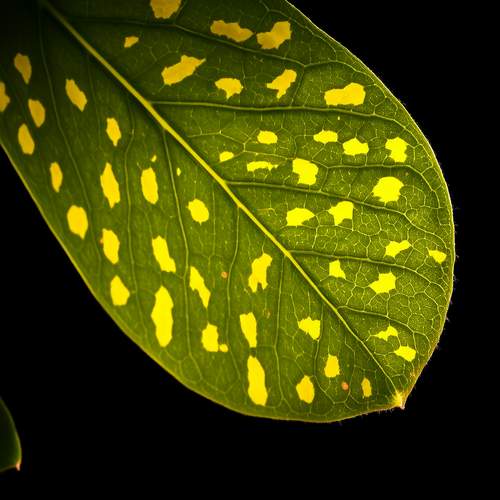
By /May 21, 2025
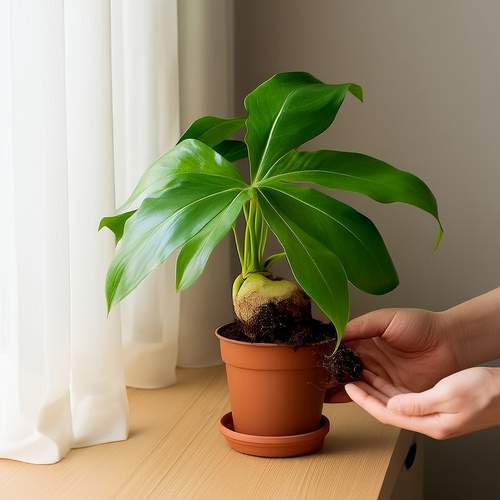
By /May 21, 2025
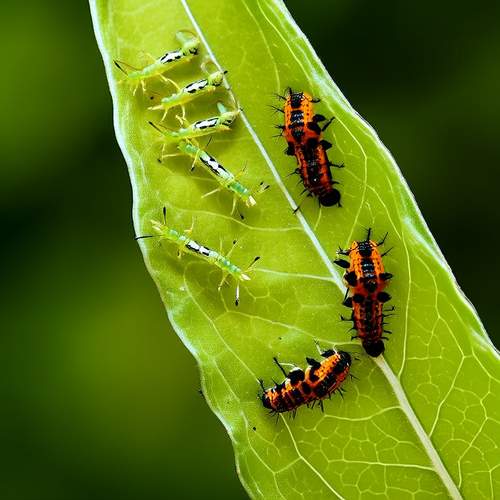
By /May 21, 2025
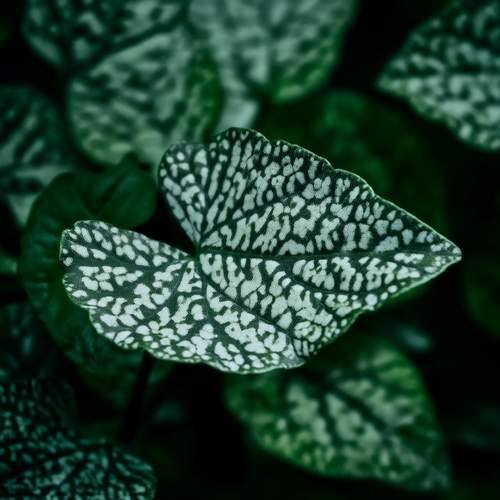
By /May 21, 2025